Kiwi didn’t look good. The branches of the 2-year-old African tulip tree were spindly, its leaves sparse and brittle, ready to snap off.
“I think Kiwi hasn’t gotten enough water and rich soil to survive. Or maybe it’s frozen from the cold,” said Alana Billik, 9, as she and her brother Jeremy, 6, poured water around the tree’s base. They did the same for Miranda, another African tulip next to Kiwi.
“A year ago both were doing fine, with flowers underneath,” said Jeremy, remembering their last visit with the two trees.
Two years ago, the Billik children, along with their parents Shelley and Brad, came from Encino to Venice on a rainy Sunday morning to plant trees in one corner of Glen Alla Park, a small urban tract near the intersection of Culver City Boulevard and the Marina Freeway.
It was the annual planting for Tu B’Shevat, the Jewish New Year of the Trees, sponsored by local nonprofit environmental organizations TreePeople and the Coalition on the Environment and Jewish Life of Southern California (CoejlSC). Along with about 50 other parents and children, they had dug, planted, staked, mulched and even named approximately 60 trees.
“This goes to show that you have to select the right species for an area and plan for long-term care,” said Shelley Billik, noting that the oak trees planted that same day were now thriving.
Trees are serious business.
This is not news to the Jews. As far back as the first century, Rabbi Yochanan ben Zakkai advised, “If you are holding a sapling in your hand and someone tells you, ‘Come quickly, the Messiah is here!’ first finish planting the tree and then go greet the Messiah.”
Those words still echo loudly 2,000 years later as we celebrate Tu B’Shevat, a holiday with no prescribed mitzvot, that originally marked the start of the fiscal year for Israel’s farmers. Today, this minor feast day has been transformed into a Jewish Earth Day that celebrates our vital and visceral connection to the land. It has become a time to reflect on and renew our imperiled environment and to remind ourselves that we are God’s partner in creation.
This year, as Jews living in Los Angeles, we are teaming up not only with God but also with Mayor Antonio Villaraigosa, who has launched an ambitious drive to plant 1 million new trees in Los Angeles neighborhoods, schoolyards and parks, on both public and private properties, over the next several years.
His Million Tree Initiative kicked off Sept. 30, spearheaded by the Department of Public Works in conjunction with various nonprofit groups. Its goal is to make Los Angeles the “largest, cleanest and greenest” city in the United States.
On Feb. 4, Lisa Lainer Fagan will be doing her part. The Encino resident is bringing not only her family, but also her entire “Living a Jewish Life” Havurah from Valley Beth Shalom — 10 adults and 27 kids ages 2 to 11 — to a combined Tu B’Shevat/Million Tree planting sponsored by TreePeople, CoejlSC and the Los Angeles Department of Recreation and Parks.
The group has previously conducted Tu B’Shevat seders, a tradition originated by the 16th century kabbalists in Tsfat that incorporates eating various foods from the land of Israel, but this year they decided to get their hands dirty, literally, planting trees.
“It’s different when you go out into the real world,” Fagan said.
For Fagan’s group and for volunteers from Temple Beth Am, Sinai Temple, Nashuva and USC Hillel — an expected total of about 200 people — the “real world” this Tu B’Shevat will be Runyon Canyon Park, a 130-acre “urban wilderness” located two blocks north of Hollywood Boulevard, west of the 101 Hollywood Freeway and extending north to Mulholland Drive.
“It needs rehabilitation,” TreePeople’s Forestry Director Jim Summers said.
He pointed out that Los Angeles Department of Recreation and Parks, which selects the sites, has already organized plantings in Harbor City’s Harbor Regional Park and Lake View Terrace’s Hansen Dam Recreation Area and is now concentrating on the city’s center. This planting will put 300 1-gallon native California oaks and sycamores in the park.
“Tons of work goes into these plantings,” said CoejlSC co-founder Lee Wallach, explaining that not only does the location have to be carefully chosen but so does the type of tree and the exact spot where each one is to be planted. It’s putting “the right tree in the right place,” as environmentalists like to emphasize.
Volunteers for the Feb. 4 event are requested to commit for the entire four hours, from 9 a.m. to 1 p.m., to give them ample time to learn, plant and participate in the accompanying ceremonies — and still arrive home before the 3 p.m. Super Bowl kickoff.
“We’re asking people not to just go and plop a tree in the ground. We’re asking people to take time and think about what they’re doing,” Wallach said.
The Tu B’Shevat planting, like all plantings facilitated by CoejlSC and TreePeople, begins with 20 minutes of training. Volunteers are supplied with gloves and other necessary equipment, including digging tools to loosen the soil and dibble sticks to compact the soil after the holes have been dug.
They’re taught safety, such as holding the shovel down and not slinging it over their shoulders like one of the Seven Dwarfs. They’re taught to roll their tree out of the container and gently massage its roots to loosen them up. And they’re instructed how to build a berm, or circular ridge, around the tree and fill it with mulch to hold in water.
In many plantings, including this one, they’ll also be taught to set their tree inside a specially constructed chicken wire cage, positioning it two inches above the ground, to prevent gophers from eating the roots.
But for TreePeople and CoejlSC, the object isn’t just to plant a tree; it’s also to connect people personally and spiritually to their tree and to make them aware of nature’s splendor and its fragility.






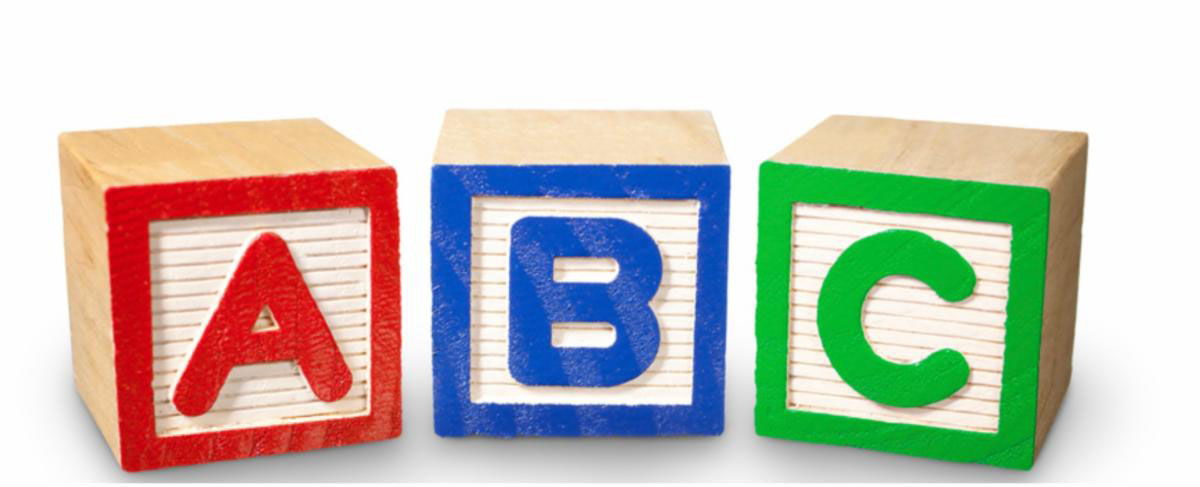
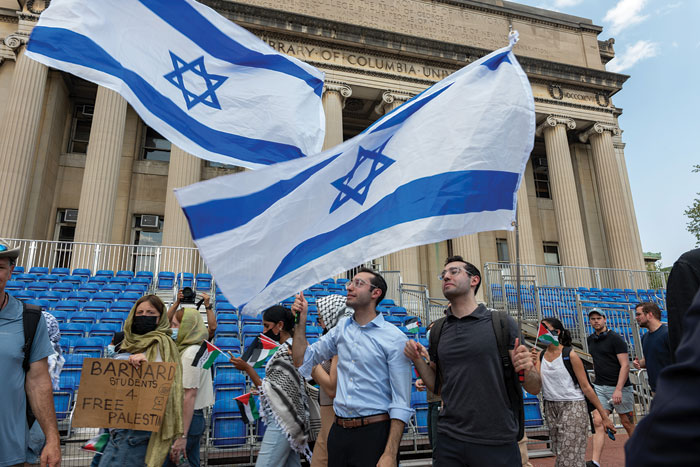

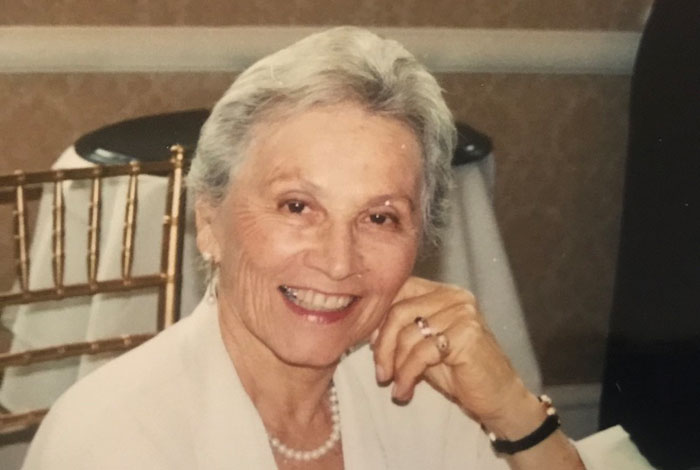
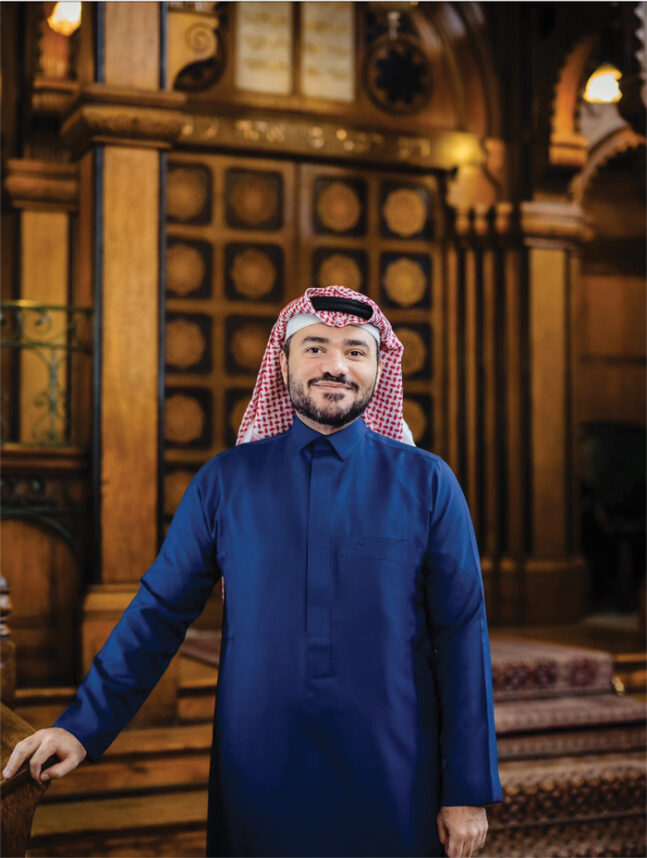
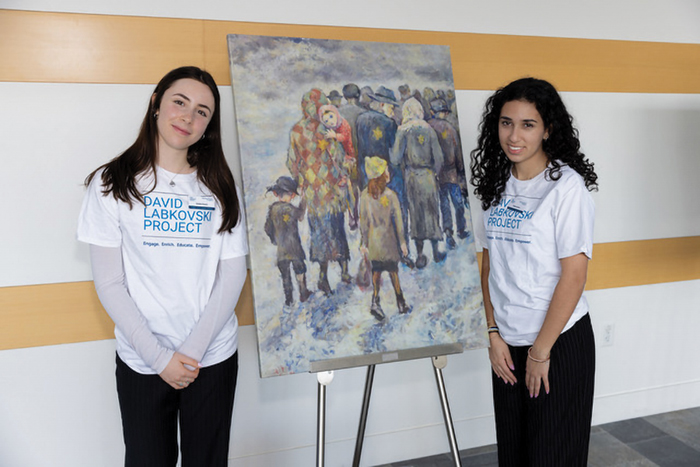



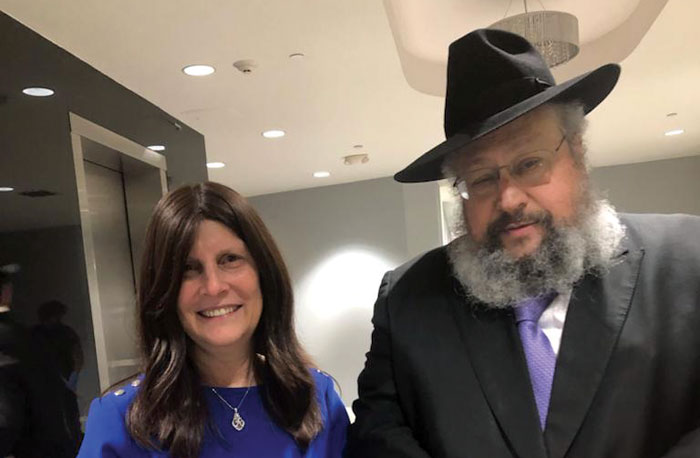
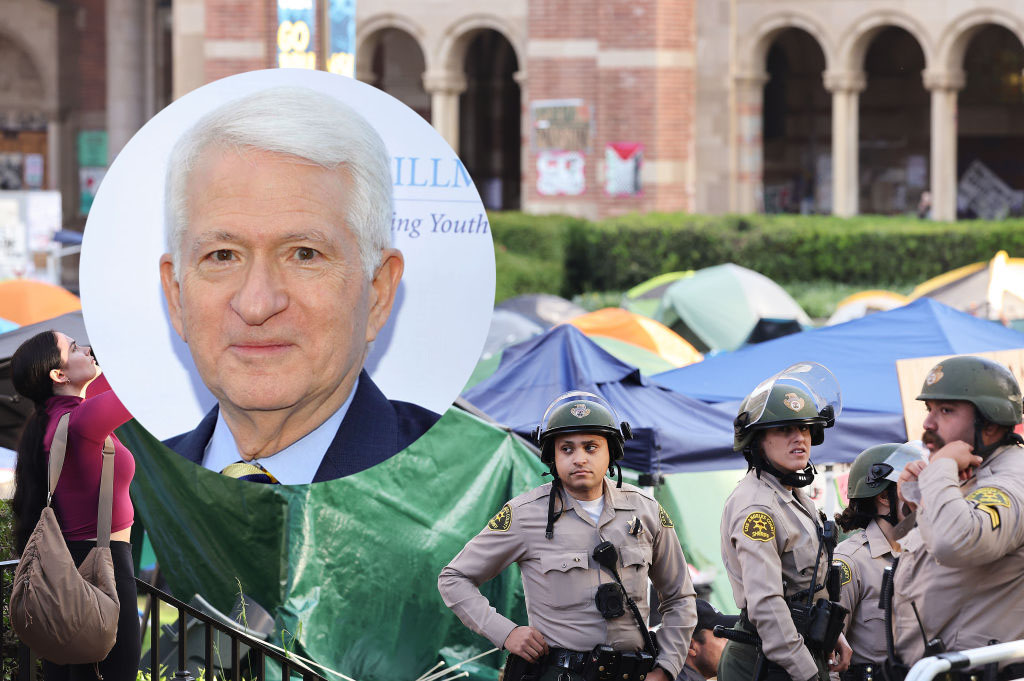





 More news and opinions than at a Shabbat dinner, right in your inbox.
More news and opinions than at a Shabbat dinner, right in your inbox.